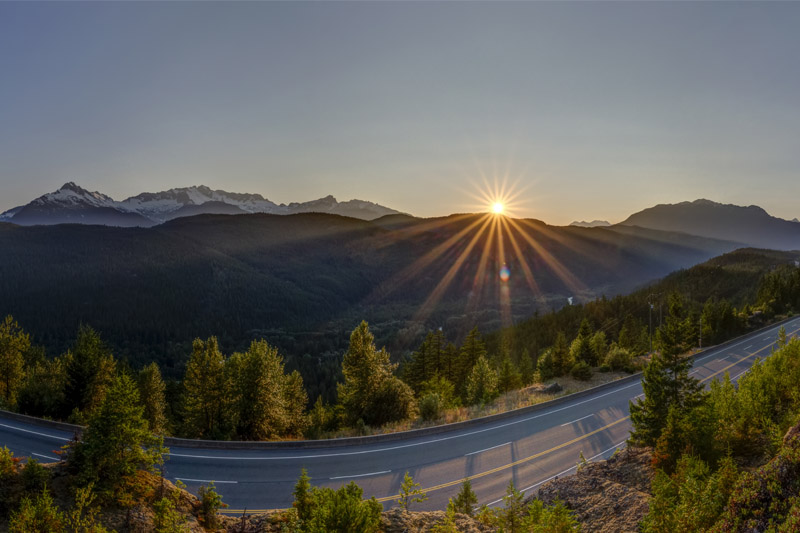Local Vibe
By David Burke | Images by Joern Rohde
Visitor Education Gets Prioritized
The pandemic year of 2020 saw exponential growth in the number of visitors taking advantage of the Sea to Sky Corridor’s stunning outdoors. This increase presented both opportunities and challenges for local communities, giving rise to a region-wide effort to help guests minimize risks to their safety and the impacts they can have on communities and the environment.
In February 2021, Corridor tourism partners received a grant to help formulate the Sea to Sky Destination Education Initiative. The multi-year effort, which is still at the development stage, aims to help guests understand community values and foster recreational behaviour that respects the area’s environment and culture and minimizes impacts, said Heather Kawaguchi, marketing and member services coordinator for Tourism Squamish, which is leading the initiative.
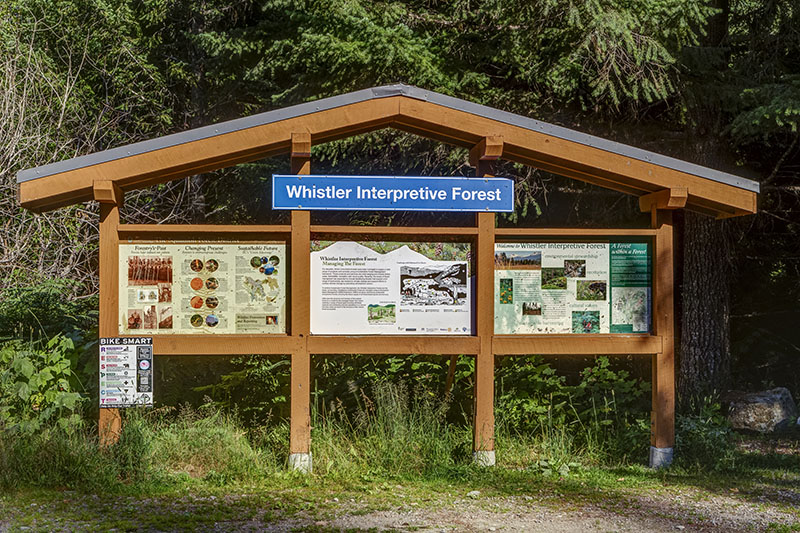
The record number of people who visited the Corridor’s trails and recreation sites in 2020 also resulted in a record number of search-and-rescue dispatches — just the sort of statistics that those working on the initiative hope to address, she said.
The education initiative aims to “create a cohesive message that can be shared throughout the communities within the Sea to Sky region,” reducing the strain on local agencies, the environment, and communities, Kawaguchi said.
Dog-Friendly Whistler
Whistler is a great place to be a dog — or for dog owners to bring Fido along to enjoy playtime with the family. Many hotels welcome dogs, but you should ensure in advance that your hotel is one of them. The best options for play are at the four off-leash areas at municipal parks — “Arfa Park” at Alpha Lake Park, “Barking Bay” at Rainbow Park, “Canine Cove” at Lost Lake Park, and Bayly Park. The latter, in the Cheakamus Crossing neighbourhood, includes a dog agility course inside a fenced area. Dogs are also allowed off-leash on the ball fields at Spruce Grove Park and Meadow Park when the fields are not in use.
In other places, including along the Valley Trail and on the Village Stroll, dogs must be leashed and should not be tied up and left unattended outside shops or restaurants. In addition, dogs are not allowed at playgrounds and waterparks, on Whistler and Blackcomb mountains, or along many alpine trails, including the “watershed” trails at Rainbow and 21 Mile Creek. Finally, pet owners must pick up after their animals — compostable dog waste bags and garbage bins are provided at most parks — and should be aware that they may encounter wildlife. Check with the Visitor Information Centre or visit whistler.com/pet-friendly for more details.
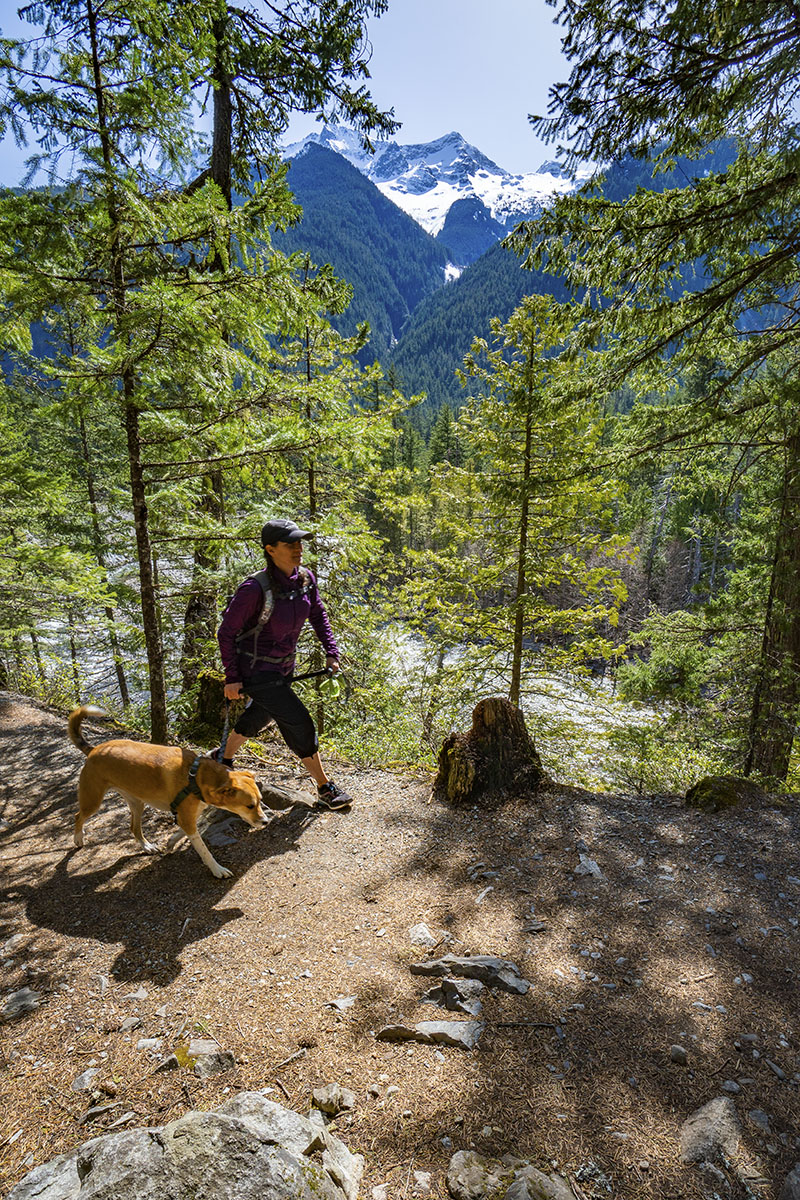
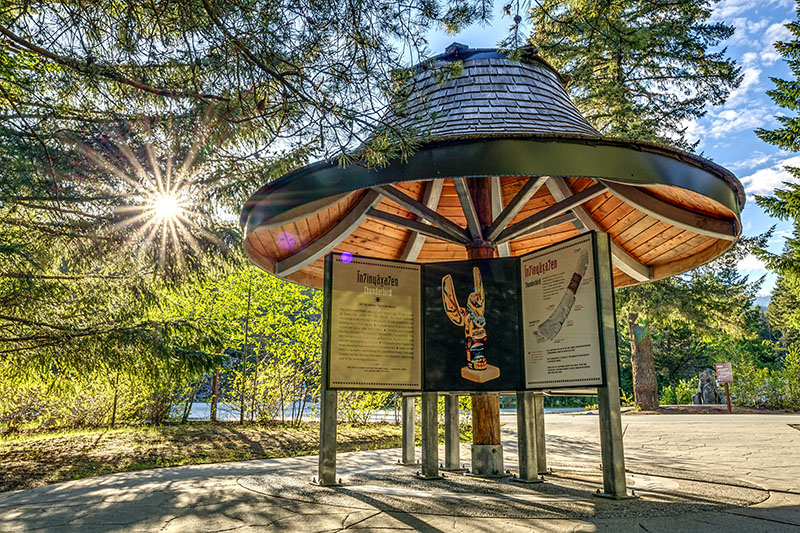
Learn More About the Skwxwú7mesh Language
If you’ve driven Highway 99 between Vancouver and Whistler, you’ll have noticed that the highway signage along the route includes two and sometimes three spellings of the names of places through which the highway passes.
The alternative words are part of the Sea to Sky Cultural Journey (slcc.ca/experience/cultural-journey), showcasing the language of the Squamish and Lil’wat peoples, on whose shared traditional territories Whistler stands. In addition, as part of the Squamish Nation’s effort to promote the use and understanding of their language, the Nation recently produced four videos to help non-Squamish speakers learn how to pronounce the place names, narrated by Aaron Williams, a Squamish language project specialist and Squamish Nation member.
Skwxwú7mesh (Skw-HO-mesh, with the “7” indicating a glottal stop) is part of the Coast Salish group of languages. Whistler (Skwikw in Squamish) is part of the territory of both the Squamish and Lil’wat peoples. Therefore, signs closer to Vancouver include only English and Squamish names, whereas a third word is included as drivers get closer to Whistler. That’s the place name in Ucwalmícwts, the language of the Lil’wat, most of whom live in the Pemberton-Mount Currie area to the north.
For more information about Squamish and Lil’wat culture, visit the Squamish Lil’wat Cultural Centre in Whistler, or slcc.ca.
E-Bike Evolution
Electric-assist bicycles (“e-bikes”) have become immensely popular, and Whistler is a great place to ride them — within certain parameters. In 2019, the Resort Municipality of Whistler developed a draft e-mobility policy and has been monitoring their use until a more formal policy is adopted. The intent is to encourage responsible and appropriate trail use, officials said.
Not all e-bikes are created equal. For example, class 1 e-bikes — with pedal-assist and a maximum speed of 32 kilometers per hour — are permitted on roads, the Valley Trail, and many other trails where bikes are allowed. Exceptions include most alpine trails, most trails in the Emerald Forest, all trails above the Flank Trail, including Into the Mystic and Lord of the Squirrels, and the “watershed” Rainbow and 21 Mile Creek trails. Class 2 and 3 e-bikes — throttle-activated or pedal-assist with a faster maximum speed — are permitted on paved or gravel, Forest Service roads only. However, they must not be used on the Valley Trail or any recreational trails managed by the RMOW or Recreation Sites and Trails B.C.
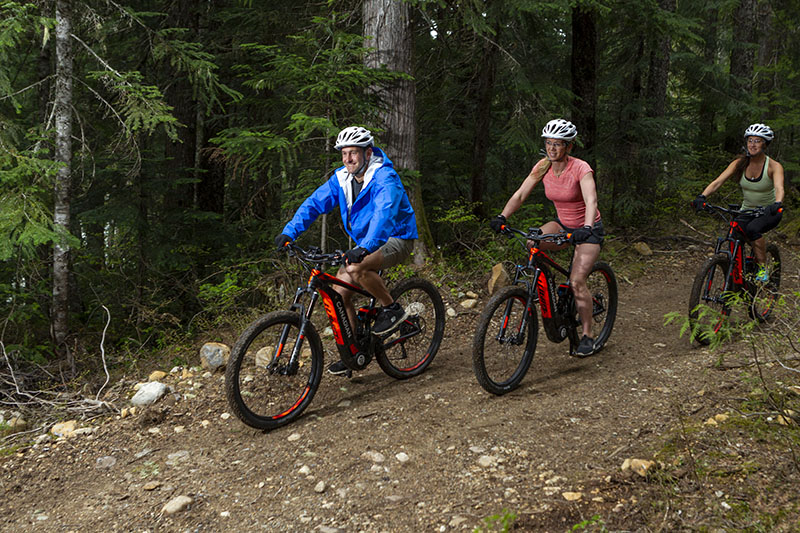
Several Whistler companies rent e-bikes and even offer e-bike tours, including Canadian Wilderness Adventures (canadianwilderness.com), Whistler E-Bikes (whistlerebikes.com), and Whistler Eco-Tours (whistlerecotours.com).
For more information, visit whistler.com/activities/biking/e-bikes.

